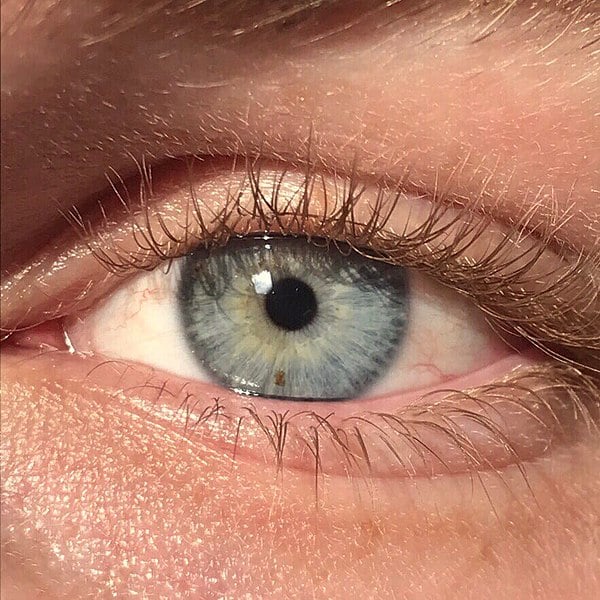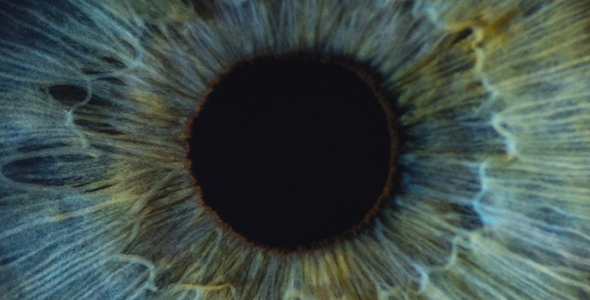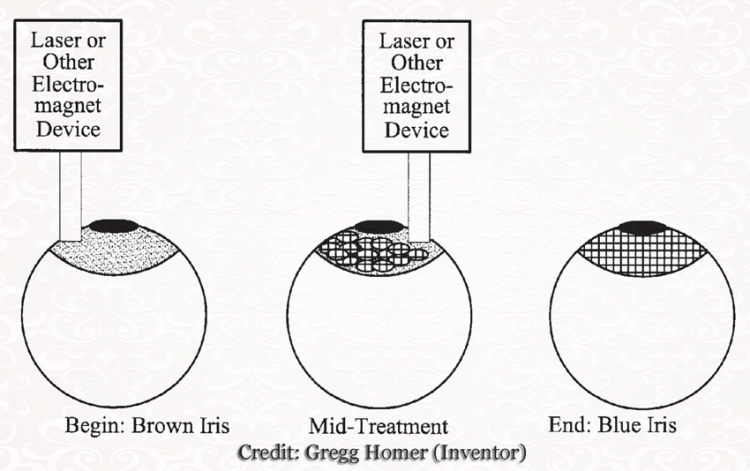D
Deleted member 3526
Apricot
- Joined
- Oct 14, 2019
- Posts
- 4,235
- Reputation
- 7,256
No good thread about it.So i did a bit of research and here it is
The stroma of the iris is a fibrovascular layer of tissue. It is the upper layer of two in the iris.
In dark eyes, the stroma often contains pigement granules. Blue eyes and the eyes of albinos, however, lack pigment.

 www.odditycentral.com
www.odditycentral.com

The stroma of the iris is a fibrovascular layer of tissue. It is the upper layer of two in the iris.
In dark eyes, the stroma often contains pigement granules. Blue eyes and the eyes of albinos, however, lack pigment.
“The fundamental principle is that under every brown eye is a blue eye,” Dr. Gregg Homer told CNN, back in 2015, adding that there is no actual blue pigmentation in the eye. “The only difference between a brown eye and a blue eye is this very thin layer of pigment on the surface. If you take that pigment away, then the light can enter the stroma – the little fibers that look like bicycle spokes in a light eye – and when the light scatters it only reflects back the shortest wavelengths, and that’s the blue end of the spectrum.”
The laser treatment disrupts the fragile layer of pigment on the iris, which causes the body to start removing the tissue naturally. While the procedure itself only takes around 20 seconds, the blue eyes do not emerge for several weeks, as the body can only gradually release the pigment.
“It’s difficult to work out a way to injure someone with this laser because the energy is so low,” Homer said. The laser only treats the iris and does not enter any part of the eye where the nerves affecting the vision are located.


New Laser Surgery Lets You Change Eye Color from Brown to Blue in Only 20 Seconds
Stroma Medical has developed a new laser procedure that can change people's eye color from brown to blue in just 20 seconds.
colored contacts have drawbacks. They require daily care, they often look unnatural, and they can cause ocular irritation and symptoms of dry eye
Eye color is determined by the pigment in the anterior iris. Iris color comprises three elements: hue, saturation, and value. Hue is the combination of primary colors (in this case, the underlying green or blue in the eye), saturation is the distance of the color from white on a spectrum, and value is brightness or light reflectance.
One of the unique features of the Strōma procedure is that it can produce a variety of color appearances, ranging from hazel to dark blue, by removing different amounts of iris pigment. The hue can be predicted and postoperative saturation and value controlled using a separate technology developed by Strōma.

During the procedure, a frequency-doubled Nd:YAG laser (532nm wavelength) is used to raise and lower the temperature of the anterior iris pigment a total of 15 times over a period of 30 seconds. The photothermolysis process initiated by the laser treatment stimulates the anterior iris pigment, and cytokine and macrophage responses to the treatment result in pigment removal through the vasculature, revealing the underlying gray stromal fibers of the iris

Depending on the amount of pigment removed, when light shines on the stromal fibers, a shade of blue, green, or hazel is reflected, giving the eye its blue, green, or hazel appearance. The patient leaves the laser suite with the same color irides, as it can take up to three weeks for the treatment to take effect.
EARLY RESULTS
Significant laboratory and animal testing was completed prior to the first-in-human trial of this technology. To date, 10 years of animal data and six years of human data have demonstrated the safety and effectiveness of the Strōma procedure.
CONCLUSION
US clinical trials of this technology are planned. In the meantime, there is strong evidence from animal and international human studies to suggest that the Strōma treatment can safely, effectively, and permanently change iris color.
















